
Last year, I decided one of my 2017 garden goals would be to get into composting. When I started asking for advice, I heard that I shouldn’t overthink it. I only needed to get a container, throw stuff in it and nature would take care of the rest. I’ve found it to be a bit more difficult than that.
In October, I bought my composter: an Envirocycle tumbler. I thought about going with an old trash can with holes drilled in it, but decided to go with the option that looked best and was designed to tumble.
In went some fall perennial clippings. I also planned to continue adding food scraps through the fall to keep a balance of green/brown (also known as carbon/nitrogen). We added egg shells, vegetable peels and a whole lot of coffee grounds and started turning that tumbler.
Keeping A Good Carbon/Nitrogen Ratio
Somewhere during the winter, I realized that I probably hadn’t kept a good green/brown ratio. I thought those perennial clippings would be considered brown carbon at first, but more research made me think it might actually represent green nitrogen. Those stalks weren’t breaking down much at all, so midway through the winter, I went at them with a pair of pruners to help speed things along.
Through the winter, I added a whole lot of table scraps. I tossed in a bit of dried leaves and newspaper when I could, but that’s a challenge when there’s snow on the ground and you don’t get the newspaper anymore. Of course, eventually the whole thing froze.
Compost That Doesn’t Break Down
Our first truly springlike day was April 9. When I checked inside the tumbler, it was actually starting to look like compost. As the temperatures heated up, we started turning the tumbler again, but the compost just wasn’t breaking down much more.
By mid-July, there were still big clumps in my composter and seeds were sprouting in there. I bought Espoma’s compost starter and added it in. For the first time, it was also looking dry, so I added some water. So nine months later, I’m still on my first batch of compost.
I have a lot of beds to build and soil to amend, so I’d be happy to be making a lot more compost than this. Honestly, I’d be happy to just finish this first batch so I can get it out of my composter, start over and do a better job.
So here’s what I think could have gone wrong:
- Not enough brown carbon
- Not enough microbes
- Too dry
- Too wet
- Not mixed well enough
Thoughts? What should I do with this clump of half-cooked humus? And how can I do it better and quicker next time?
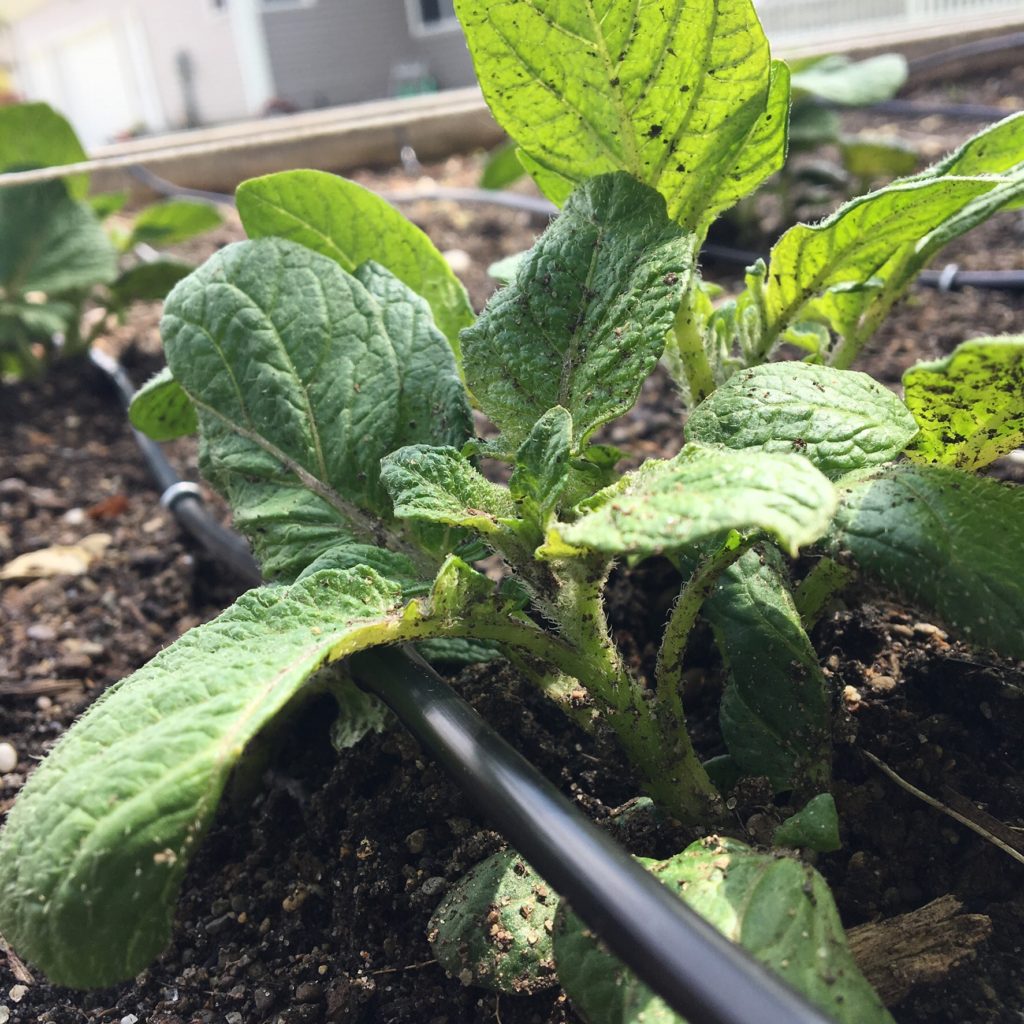
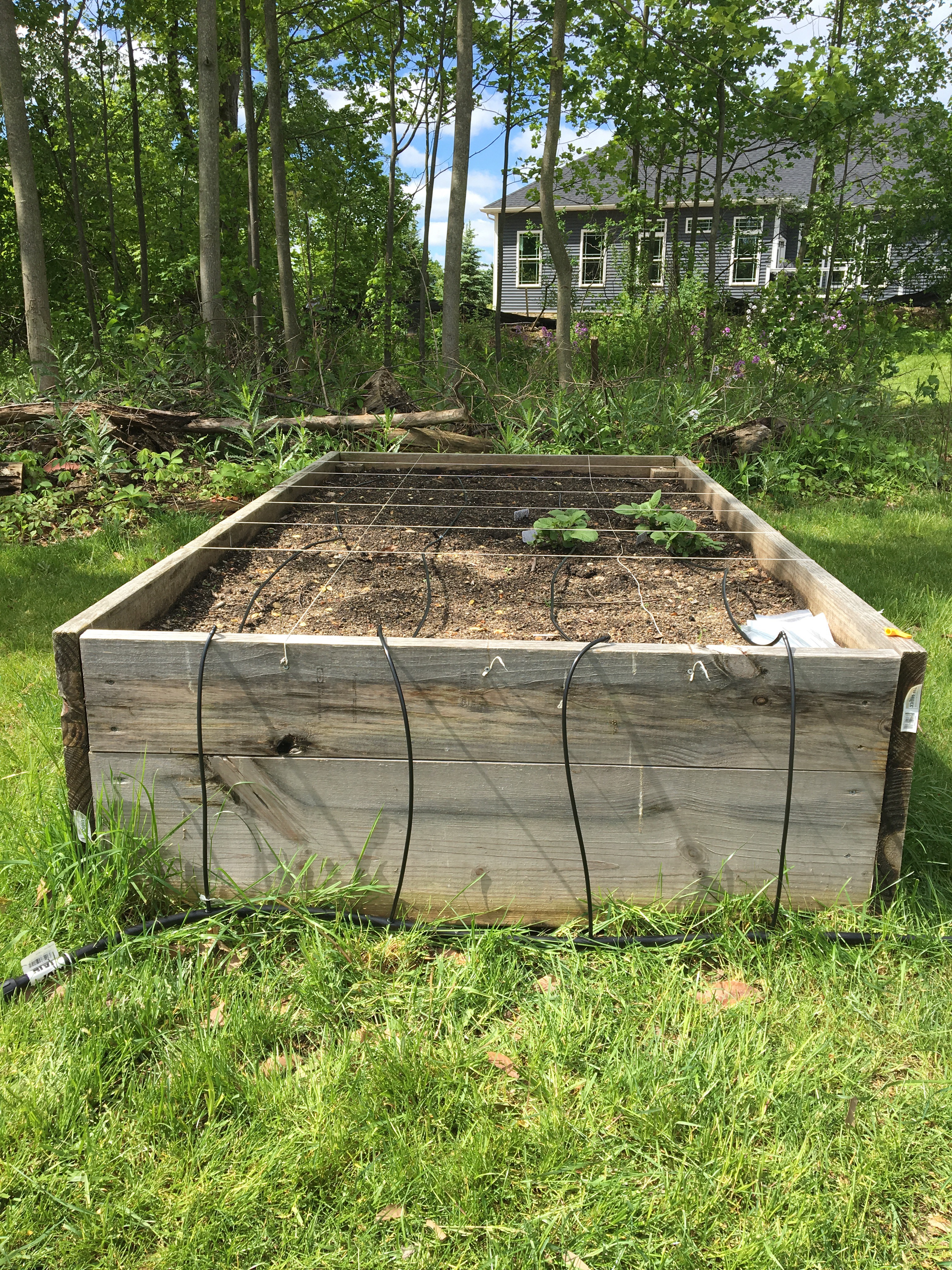
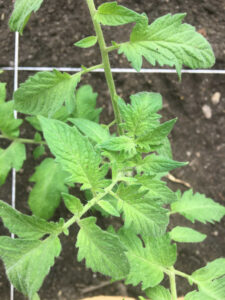
 Women’s clothes do not have pockets. It makes me insane. That’s why I like the big pouch in
Women’s clothes do not have pockets. It makes me insane. That’s why I like the big pouch in 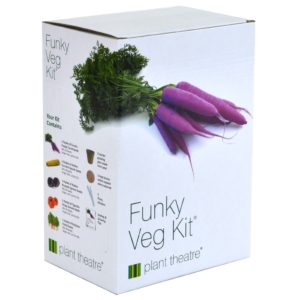 This kit keeps coming up in my suggestions from Amazon: the
This kit keeps coming up in my suggestions from Amazon: the 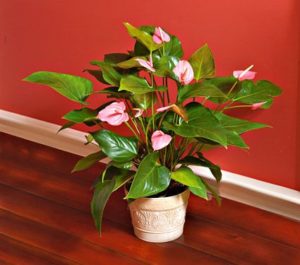 Pretty much a jackpot gift, in my opinion. Check out the
Pretty much a jackpot gift, in my opinion. Check out the 
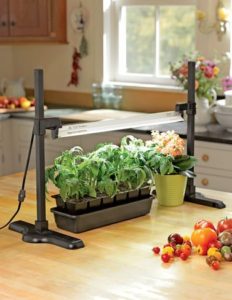 There are a lot of different types and sizes of grow lights out there, but this
There are a lot of different types and sizes of grow lights out there, but this  I’m hesitant to put any one book on the list because there’s no way you can fit everything you need to know about gardening into one volume. I started checking books out of the library to take what I need from each. After I borrowed this one, I tracked down a copy of this one to keep.
I’m hesitant to put any one book on the list because there’s no way you can fit everything you need to know about gardening into one volume. I started checking books out of the library to take what I need from each. After I borrowed this one, I tracked down a copy of this one to keep.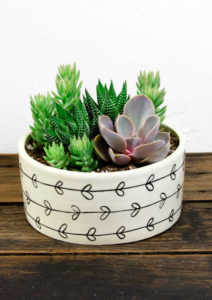 Earlier this year, I bought a batch of 25 succulent cuttings from
Earlier this year, I bought a batch of 25 succulent cuttings from  When they open the box, it’s not going to be sexy. When they can sleep in because they don’t have to get up to water the tomatoes — that’s pretty sexy. I still think it’s
When they open the box, it’s not going to be sexy. When they can sleep in because they don’t have to get up to water the tomatoes — that’s pretty sexy. I still think it’s 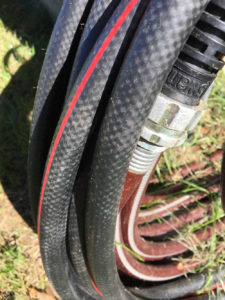 I’m in the process of finishing up my first summer of vegetable gardening and I’m looking back on quite a few successes. I started in April with seeds and I grew and harvested tomatoes, peppers and zucchini in July through September. I stopped an outbreak of blossom end rot.
I’m in the process of finishing up my first summer of vegetable gardening and I’m looking back on quite a few successes. I started in April with seeds and I grew and harvested tomatoes, peppers and zucchini in July through September. I stopped an outbreak of blossom end rot.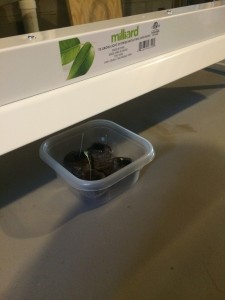
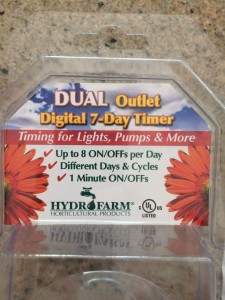
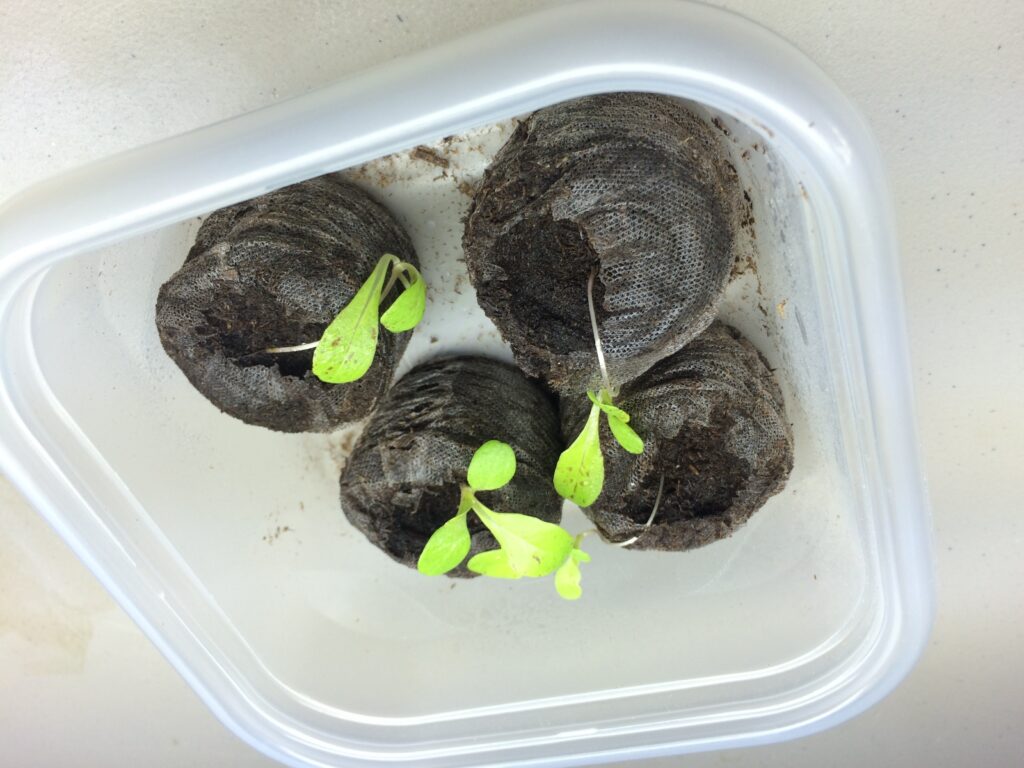
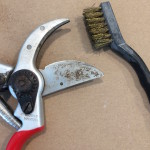 I sharpened and cleaned my pruning shears today. I’m embarrassed to admit that this is the first time I’ve ever completed this task.
I sharpened and cleaned my pruning shears today. I’m embarrassed to admit that this is the first time I’ve ever completed this task. Brush with a steel brush. Looks a little better now. Still kinda…dirty? Rusty? That’s what happens when you don’t keep up with maintenance. Tsk tsk.
Brush with a steel brush. Looks a little better now. Still kinda…dirty? Rusty? That’s what happens when you don’t keep up with maintenance. Tsk tsk.